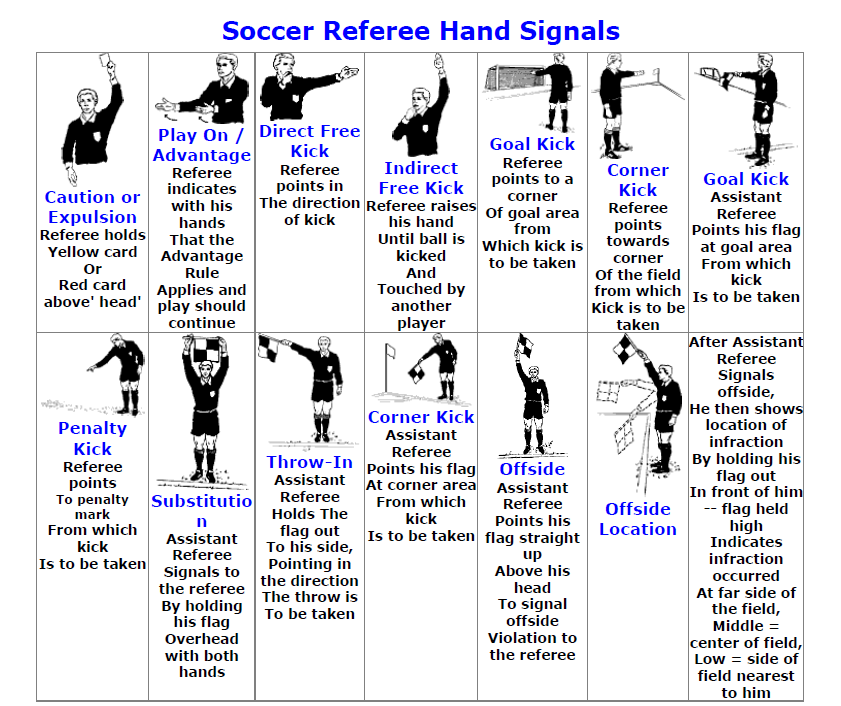
How To Break In Cleats Soccer

Introduction
If you’re finding your new soccer cleats a bit too rigid, causing discomfort or even blisters, you’re not alone. Many soccer players experience these issues with new cleats. This blog post aims to provide you multiple techniques to get your soccer cleats game-ready quickly, increasing your comfort and overall performance.
The Importance of Breaking in Cleats
Boost Comfort and Prevent Blisters
New soccer cleats can be quite stiff, causing discomfort and potentially even blisters during play. Properly breaking in your cleats allows them to mold to the shape of your feet, not only increasing comfort but also significantly reducing the risk of blisters and injuries.
Enhance On-Field Performance
Moreover, breaking in your cleats is not just about comfort; it can also significantly enhance your performance on the field. The flexibility in broken-in cleats allows for better agility and improved movement, while comfort can boost your focus and confidence during gameplay.
Preparing Cleats for Break-in
Cleaning and Drying
Before you begin the break-in process, ensure your cleats are clean and dry. Remove any dirt or debris as it could cause discomfort and potentially harm. Also, thoroughly drying your cleats will prevent potential odors and mold.
Identifying Problem Areas
Next, identify the stiff spots or areas that cause discomfort, and determine which parts of the cleat need more flexibility for optimal performance. These areas will need extra attention during the breaking in process.
Techniques for Breaking in Cleats
Wear Cleats Around the House
Start by wearing your cleats around the house before taking them to the field. This allows the cleats to gradually mold to your feet without the pressure of intense gameplay.
Use Heat to Soften the Material
Using heat can make the material more pliable and speed up the break-in process. A hairdryer or a warm towel can be applied to problem areas. While they’re warm, flex and move the cleats to maximize effectiveness.
Utilize Stretching Techniques
Utilizing stretching techniques like a shoe stretcher or wearing thick socks can help to stretch tight areas. Gentle movements and exercises can also assist the cleats to adapt to the shape of your foot.
Additional Tips and Considerations
Gradually Increase Wearing Duration and Intensity
Begin with shorter practice sessions and gradually build up the duration. Slowly incorporate more intense movements to help the cleats adapt.
Seek Professional Assistance
If the cleats continue to cause discomfort even after extensive break-in attempts, consider seeking professional assistance. A shoe specialist or professional soccer equipment expert may suggest alternative cleats or modifications to alleviate the discomfort.
Conclusion
Breaking in soccer cleats is not just about comfort, it’s also about improving your performance. By following these suggested techniques and tips, you can effectively break in your cleats to optimize your playing experience.
FAQs
How long does it take to break in soccer cleats?
The time it takes to break in soccer cleats can vary, but usually, it takes a few days to a week of wearing them around the house and during practice sessions.
Can I use a hairdryer to break in soccer cleats?
Yes, using a hairdryer is a common method to soften the material of the cleats and speed up the break-in process. However, avoid overheating the cleats as it may damage the material.
Should new soccer cleats be tight?
New soccer cleats should be snug, but not too tight. They will gradually expand and mold to the shape of your feet during the break-in process.
What if the cleats still cause discomfort after breaking them in?
If the cleats still cause discomfort after numerous attempts of breaking them in, it’s recommended to consult with a shoe specialist or a professional soccer equipment expert for guidance and potential solutions.





